
Mastering Shutter Speed: From Motion Blur to Frozen Action
Explore how time transforms your images—blur, freeze, and paint with light.
Alberto Cano
11/6/2025
This is the third part of a complementary blog series. The previous entries covered ISO and Aperture.
This one focuses on Shutter Speed.
What is the shutter?
It’s a thin membrane made of a metal alloy, resistant to heat and wear from device use. It controls shutter speed, determining how much light reaches the sensor to capture a photo or video.
Below, you can see how a shutter works in both mirrorless and DSLR cameras.


Video by CapturebyRohail
Video by cameratest
However, there are two types of shutters: electronic and mechanical.
• Uses physical curtains to expose the sensor.
• Ideal for high image quality and precise flash sync.
• Allows bursts of up to 15 photos per second.
Mechanical Shutter:
Electronic Shutter:
• No physical movement; the sensor controls exposure.
• Silent and vibration-free.
• Allows bursts of up to 30 photos per second.
• May cause distortion with fast-moving subjects.
This information is based on the Canon R7, which I currently use.
Depending on your camera model and how new it is, it may be capable of capturing dozens or even hundreds more photos per second.
How is shutter speed measured?
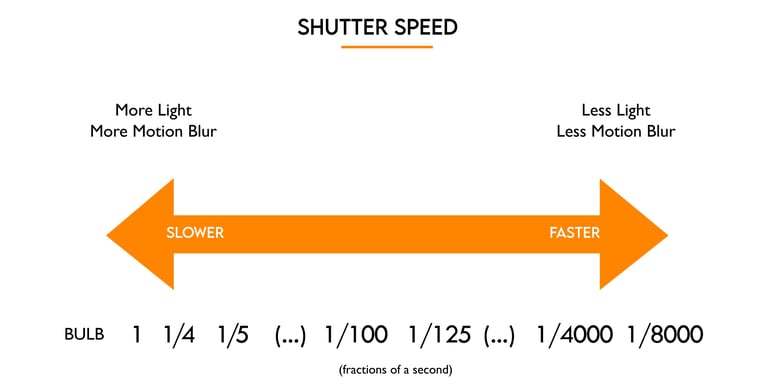

Shutter speed is measured in seconds or fractions of a second.
Fast speeds freeze motion, while slow speeds create motion blur effects. This applies to photography. In video, shutter speed behaves differently depending on the story you want to tell.
First, we’ll explore its impact on photography and the effects it can produce. We’ll return to its role in video in the next post.
Long story short: the longer the shutter stays open, then more light and motion you capture.
The shorter it’s open, the less light—and the more frozen the action.
To observe the difference in shutter speed, try waving your hand or moving any object in front of the camera.

Video by joeypvisuals
Many cameras offer a special mode called BULB, either as a separate setting or after the slowest shutter speeds.
In this mode, the shutter remains open as long as the photographer chooses—giving full control over exposure time.
BULB is ideal for low-light scenes, such as astrophotography or light painting.
Trepidation—What It Is and How to Avoid It
Trepidation is the blur that occurs when the camera moves during exposure—usually from shaky hands or slow shutter speeds.
Though it can be a creative tool, in this context we’re aiming for the sharpest possible image. For shots requiring slow shutter speeds, using a tripod and, ideally, a remote shutter release is recommended to avoid this effect.
On the other hand, with high shutter speeds, the exposure time is so brief that any unintentional movement by the photographer or camera doesn’t get recorded in the image.
Therefore, using a tripod or remote shutter becomes unnecessary, as the risk of camera shake is virtually zero.
You might be thinking, “So what if I don’t have a tripod or remote shutter—am I doomed, Mr. Cano?”
Nope! There are a few simple tricks to help avoid camera shake without fancy gear.
If you’ve played games like Call of Duty or Sniper Elite, you’ll remember holding your breath to steady the sniper.
Well, it’s basically the same idea—except now your weapon is a camera.




Without trepidation,
With trepidation,
Quick Tip:
• Increase shutter speed: Use a faster speed to reduce motion blur. As a rule of thumb, your shutter speed should match or exceed your lens’s focal length (e.g., for a 35mm lens, use at least 1/35s).
• Hold your breath: Pausing your breath just before shooting can help avoid movement caused by breathing.
• Grip the camera with both hands as shown in the image.
• Keep your arms relaxed and close to your body.
• (If available) Press the camera against your face, using the viewfinder as a third point of contact.

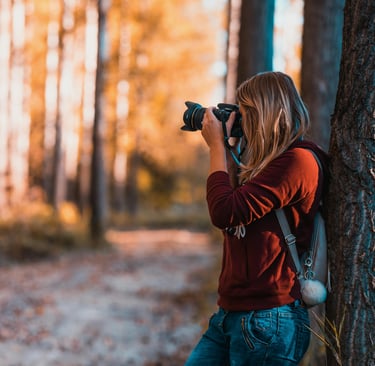
Now that you’ve seen how shutter speed works—and how it changes the look of your photos—let’s check out what kinds of effects you can create.
Slow shutter speed:
Motion Softening:

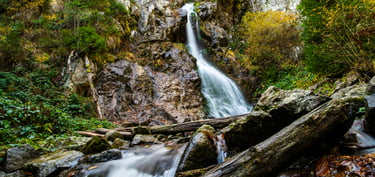
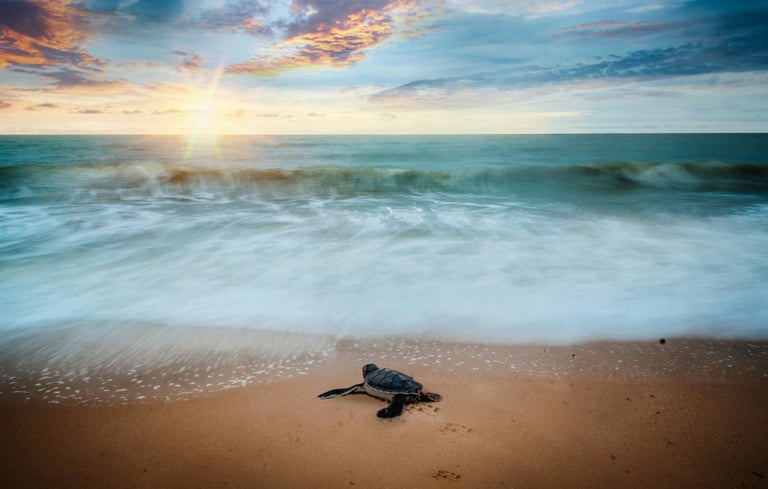

Motion Blur:
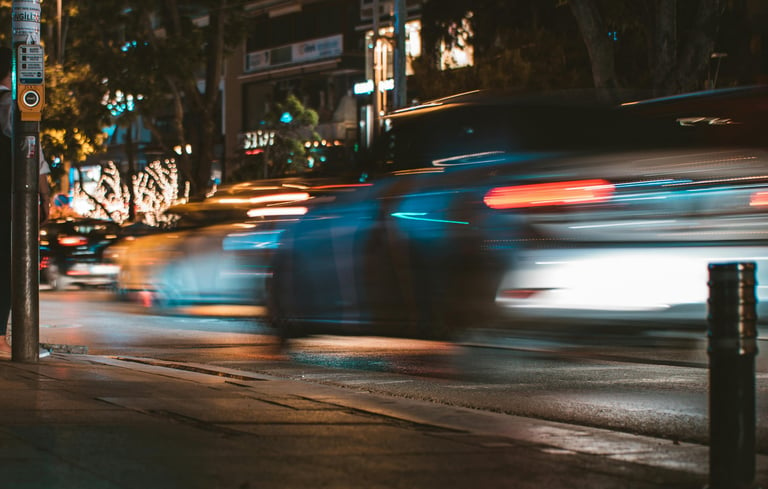


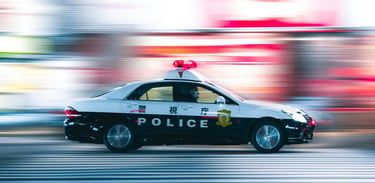
Light Painting:
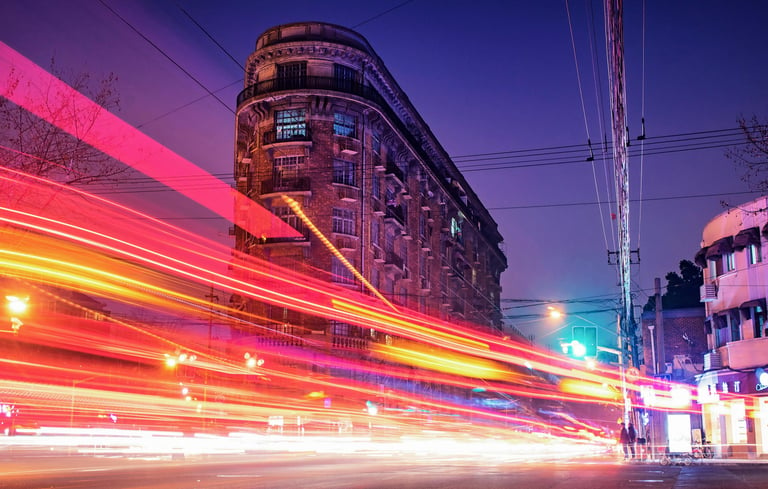

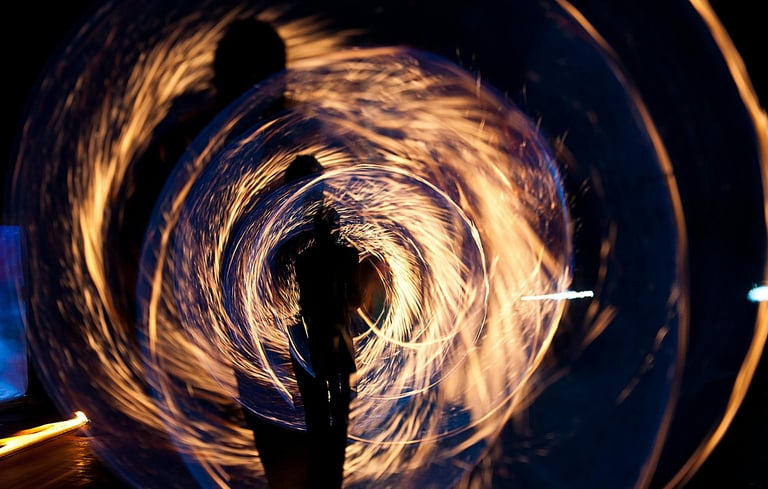

Astrophotography:




Abstract and Artistic Effects:

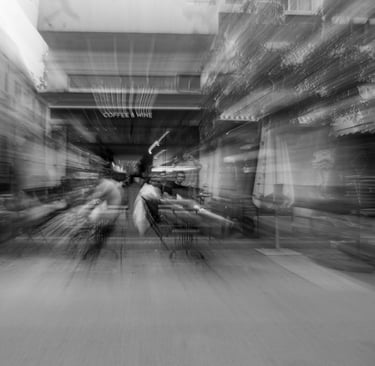


Night Photography and Low-Light Scenes:
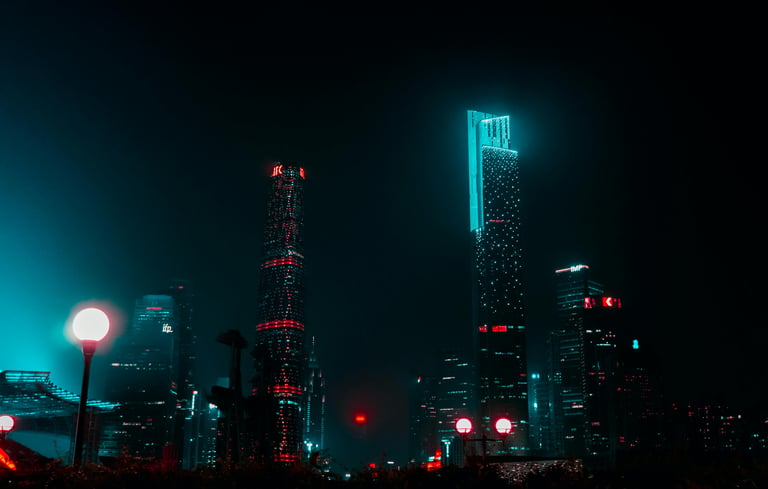

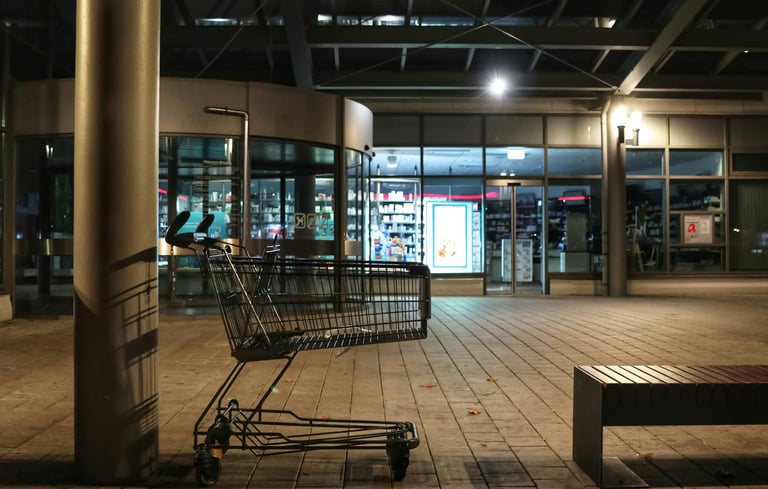

Zoom during exposure
Intentional Camera Movement
High Shutter Speed:
Freezing Motion:
Sports Photography:
Nature Photography:
Explosions, splashes, and falling objects:
Bright light or Powerful flash:
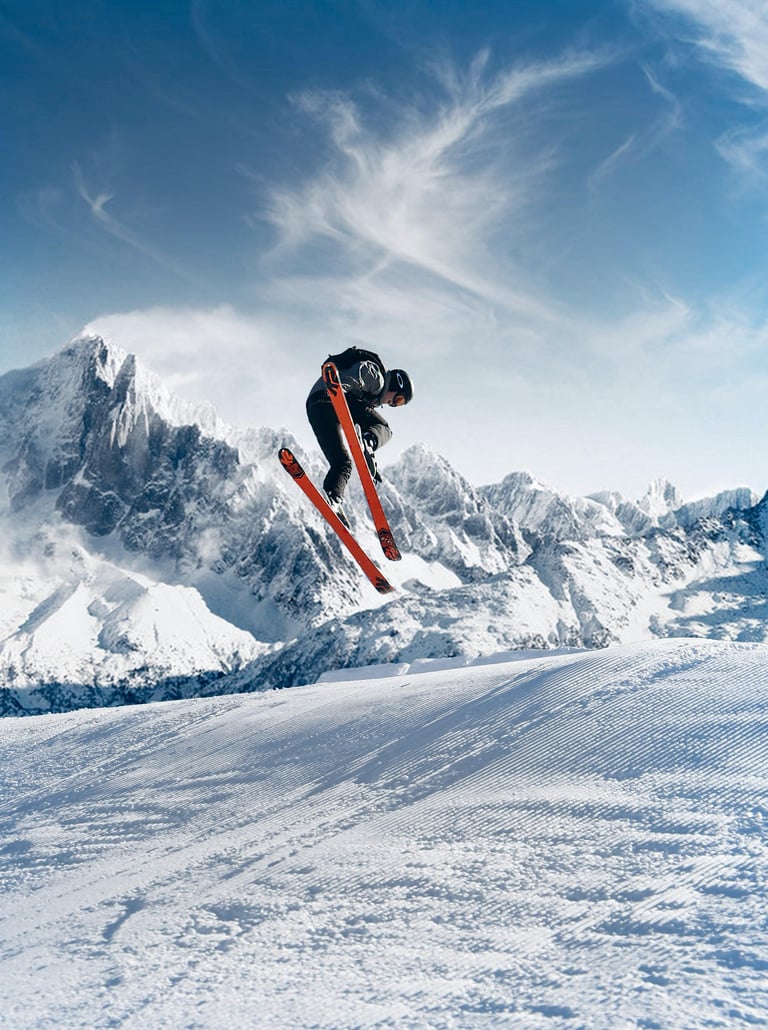


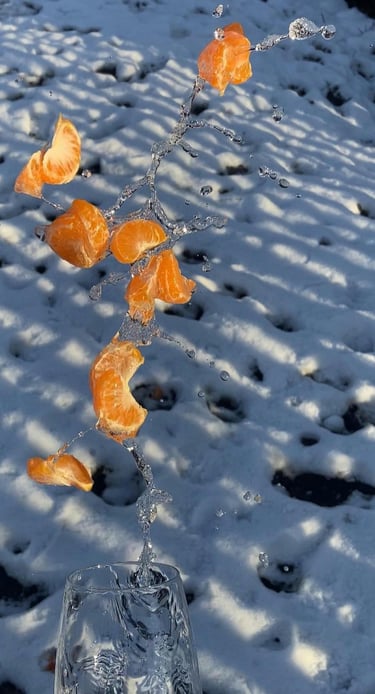
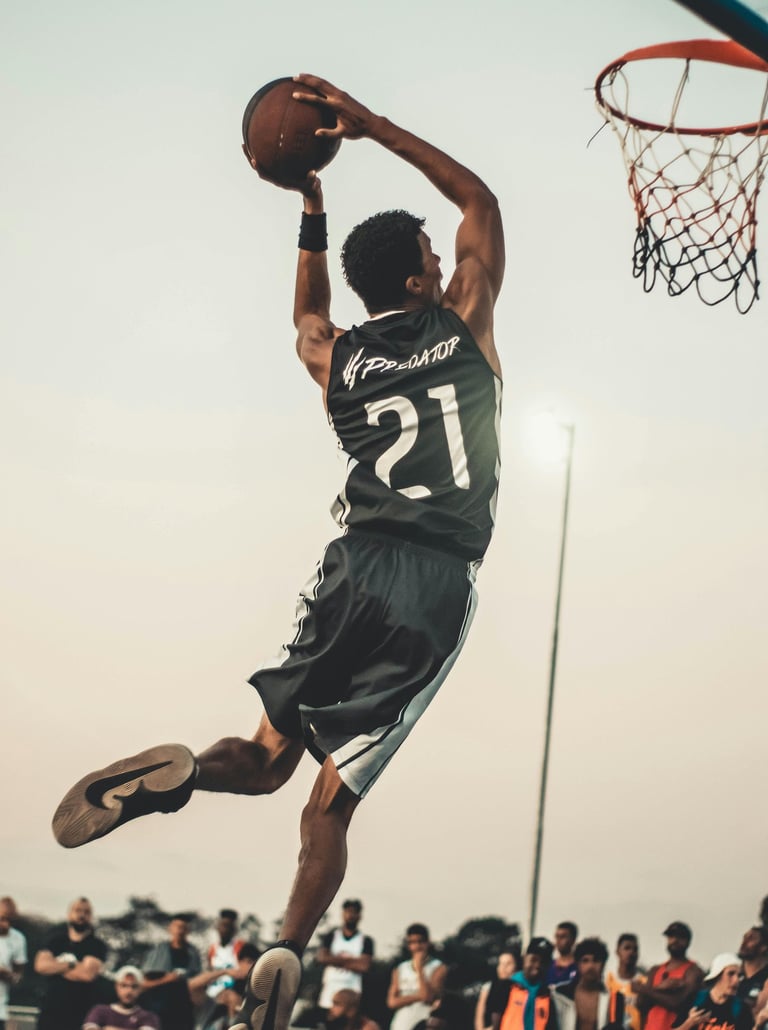


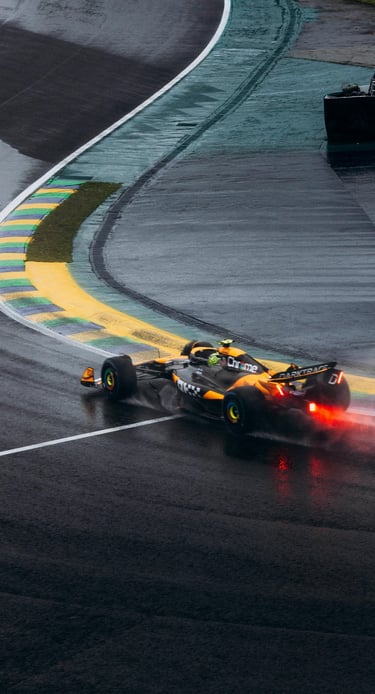
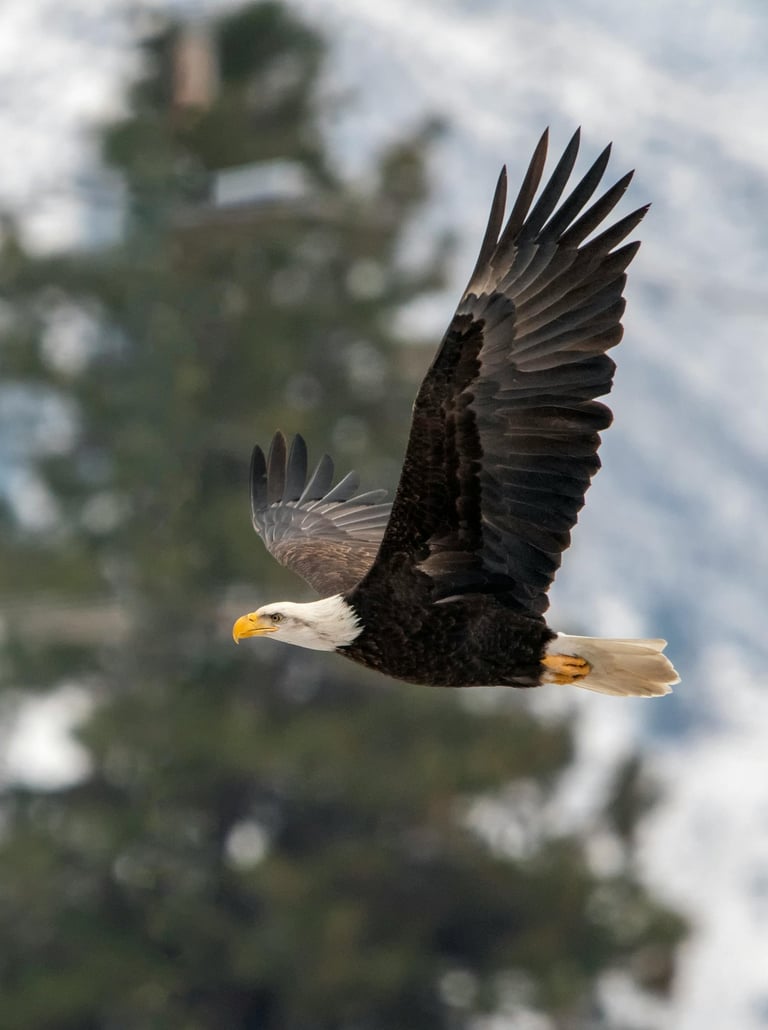


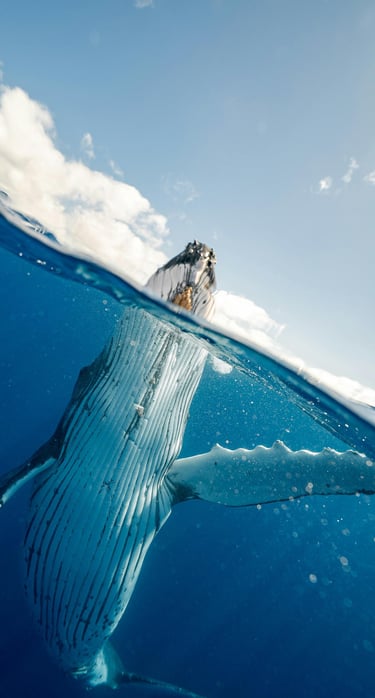

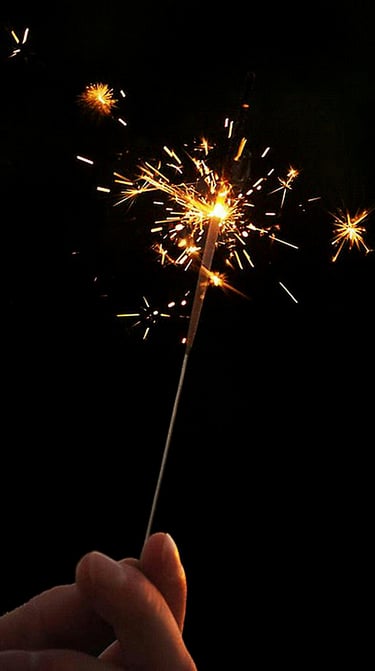
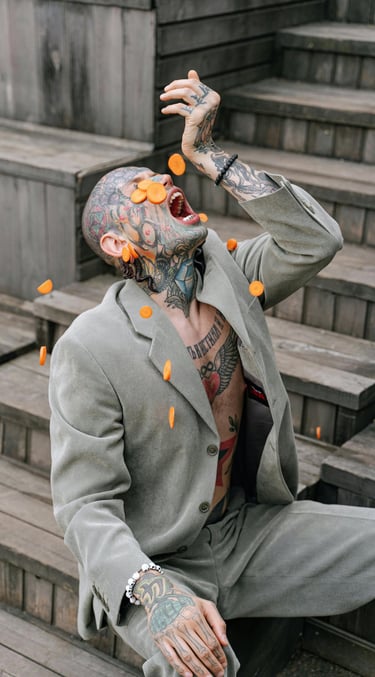

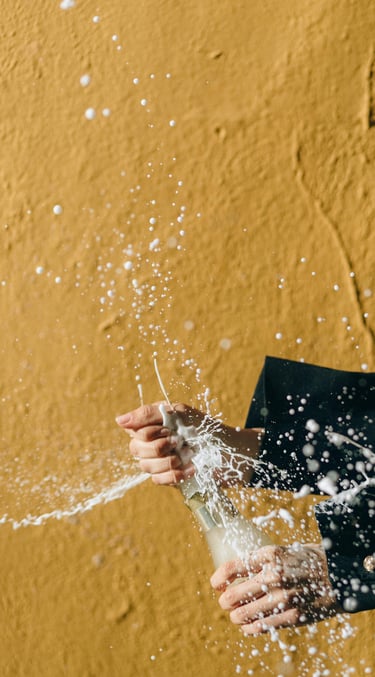

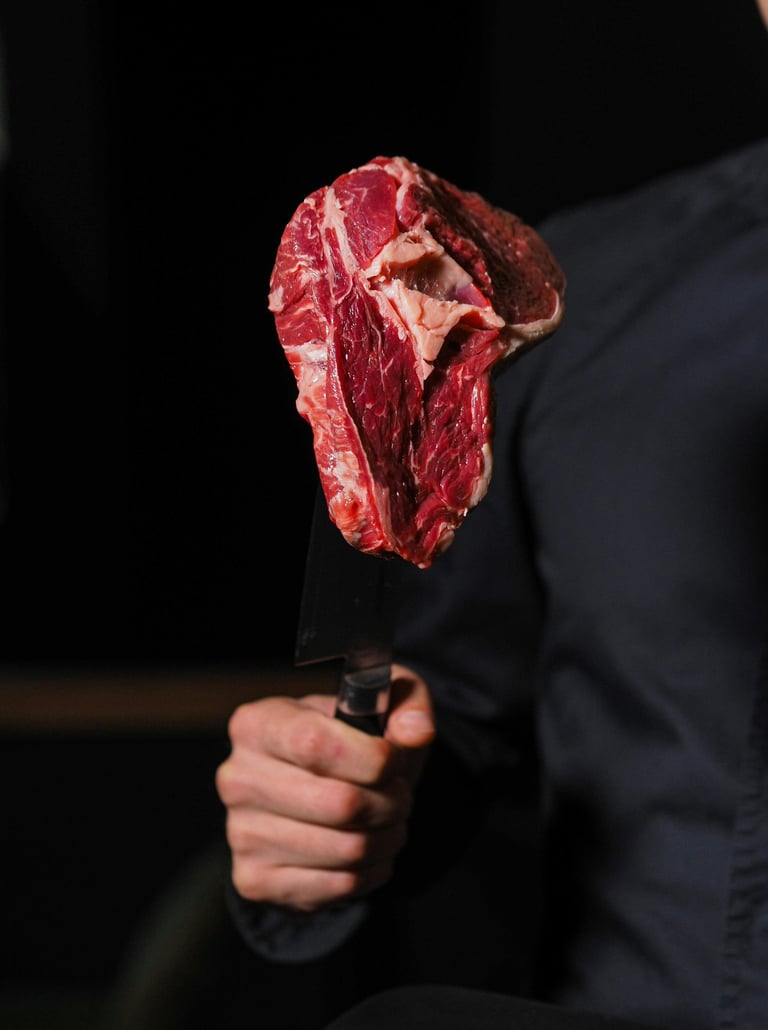

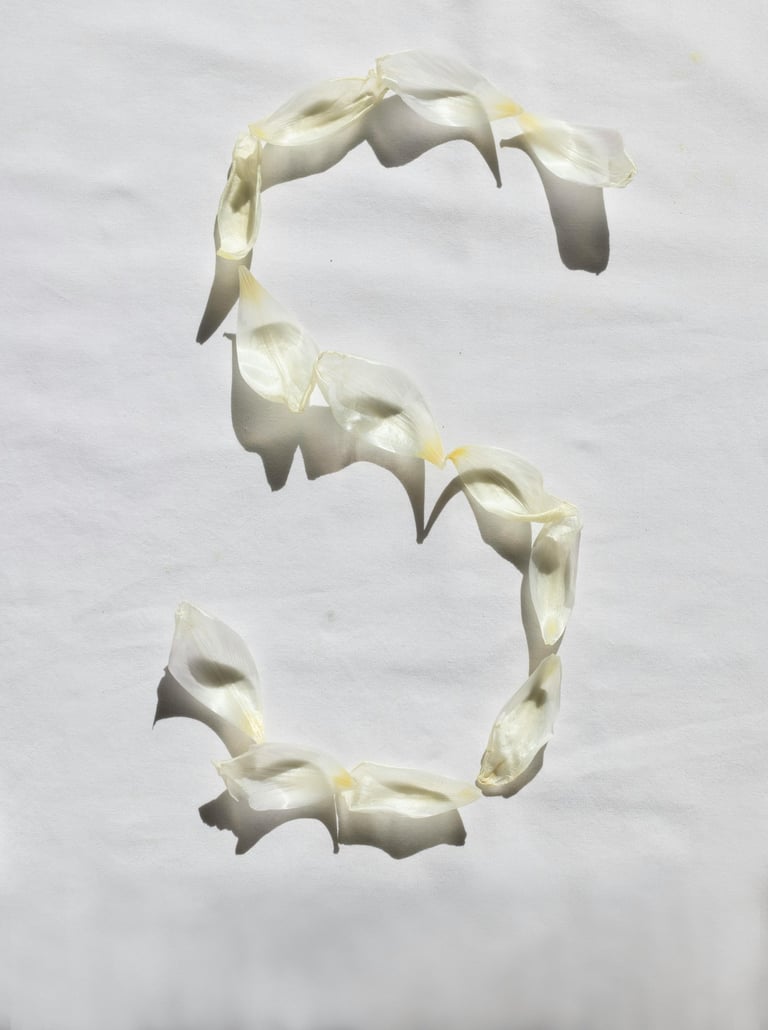

At the end of the day, it’s up to you—camera shake and a high or low shutter speed can help or... hurt, depending on your goal. The key is to experiment and try turning your ideas into real images.
... and who knows? You might create something totally new.
